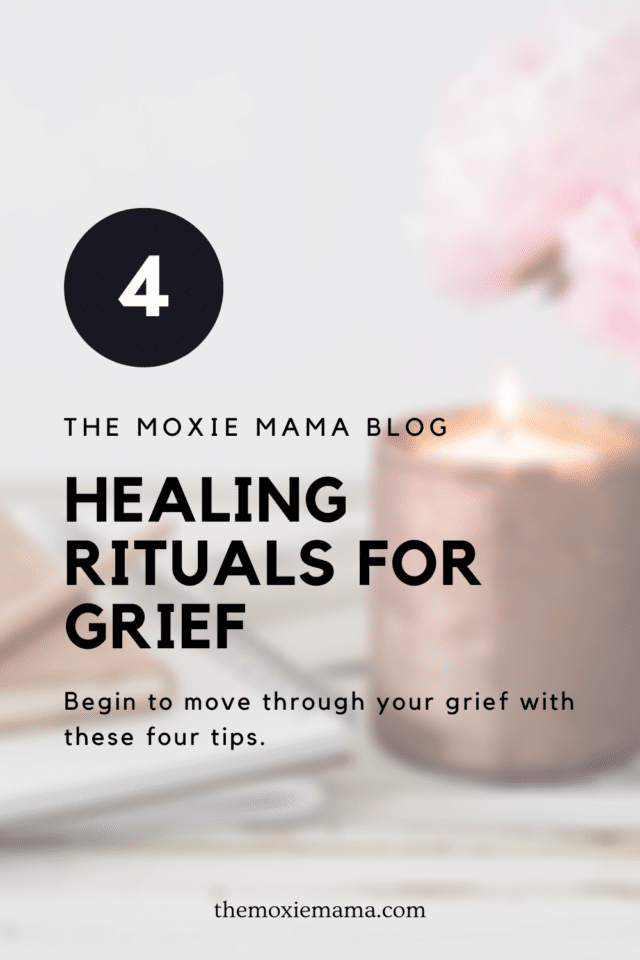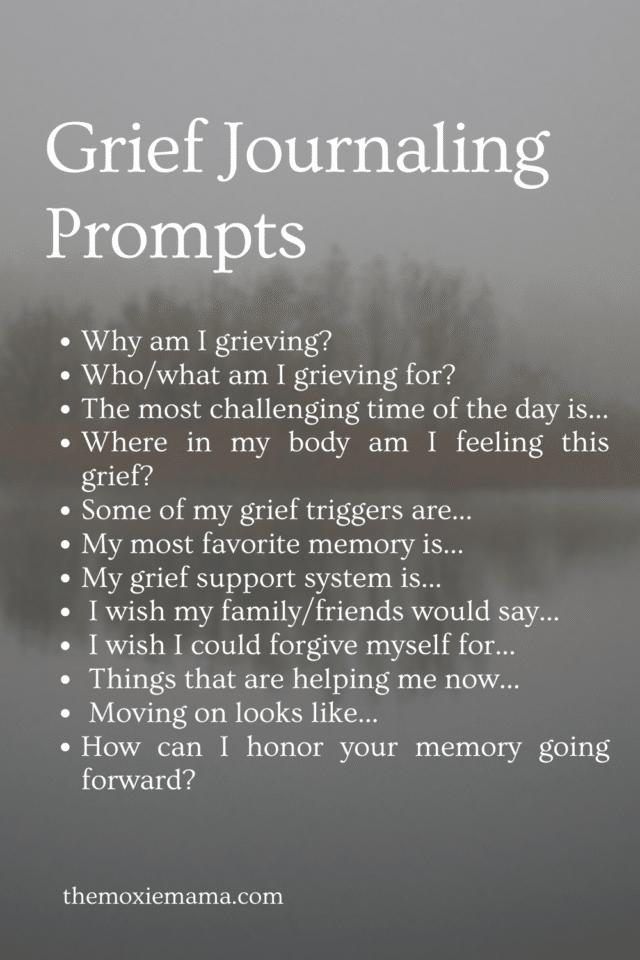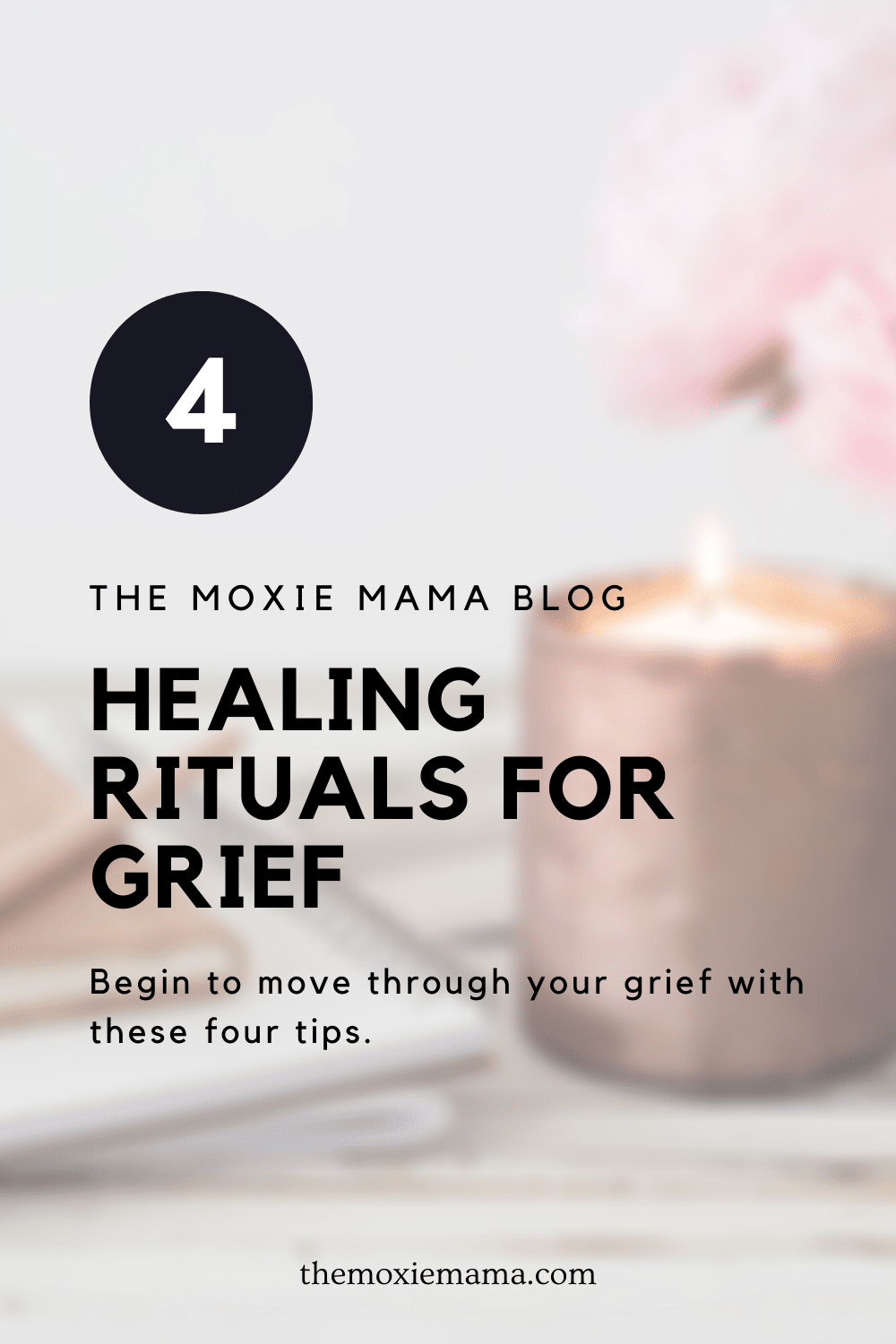As horrible as it feels, grief is a normal human reaction to losing someone or something close to you. The strong emotions that come along with grief can all be an relevant component of ultimately assisting you to heal appropriately. Rituals can be tremendously therapeutic during the grieving process.
My characterization of a “ritual” is essentially a symbolic act by a person or group of people to honor, memorialize, or pay respects to another person or thing. Rituals are a wonderful way of recognizing and respecting a transformational shift in a person’s life. When in comes to grief, the most universally recognized ritual is a funeral or memorial service. Funerals and memorials are wonderful and can be extremely valuable in moving us along on our grief journey.
Nevertheless, the rituals I have shared below are more intimate, productive rituals that anyone can use to assist them in working through and healing their grief. These rituals can also be applied for conditions of grief outside the death of a loved one.

Letters
Writing letters is a common ritual many people use to work through the grieving process. I have used this form even years after losing a loved one.
Letter writing is a fantastic avenue to say all those things we didn’t get a chance to say to someone before they died. You can use this method for other areas of grief as well such as to an ex-partner, someone who has moved away, or even to our past or future selves. It can be a means to resolve unfinished business.
Some people enjoy sharing their letters with others, some write it and tuck it away, and others perform a ritualistic burial or burning of the letter. This is a very intimate process and it is vital that you do what feels best for you.
Bury the Past
Some people have found catharsis in burying a piece of the past. Whether it be an old photograph depicting happier times or an object that connects you to that person or object, the ritual of burying an object can be quite healing to “bury the pain.”
Others have performed similar rituals but instead of burying the object of pain, they safely burned it, donated the object to charity, shattered the object, or other means to detach from the connection to pain.
Journaling
Similar to writing letters, journaling can provide an outlet to release your emotions about your loss. Perhaps you are noticing sensations in your body or triggers that made you sad. Journaling is a way of releasing these inner thoughts and feeling from your mind and body on to the pages of a journal.

Creating a Grief Space
Grief can be crushing and confusing. Sadly, we often cannot just cease our daily activities (such as school, work, family responsibilities, etc) while we are processing our grief.
One ritual that can be extremely beneficial is to create a grief space and devote some of our time in that space every day. In this space we can commit to allowing ourselves to release all of our daily activities and simply just grieve. You can set aside this time to allow yourself to cry, scream, get mad, speak your grief, etc. This time allows you the opportunity to dedicate time in your day to fully allow yourself to grieve without the interruption of activities of daily living.
The amount of time and the particular space will differ from person to person. Some people have found their grieving space in nature, on their meditation cushion, or in the shower. Where you choose should be nurturing to your heart and soul. This ritual basically guarantees that you allow yourself the time and space to process your grief totally and fully without becoming overwhelmed.
Additional Information
Sometimes grief can become feel extremely overwhelming and can obstruct your life and long-term happiness. If you feel like you cannot move forward or are thinking about hurting yourself then it is important to speak to a mental health professional immediately. Telehealth apps like BetterHelp and TalkSpace 24/7 if you need them.




